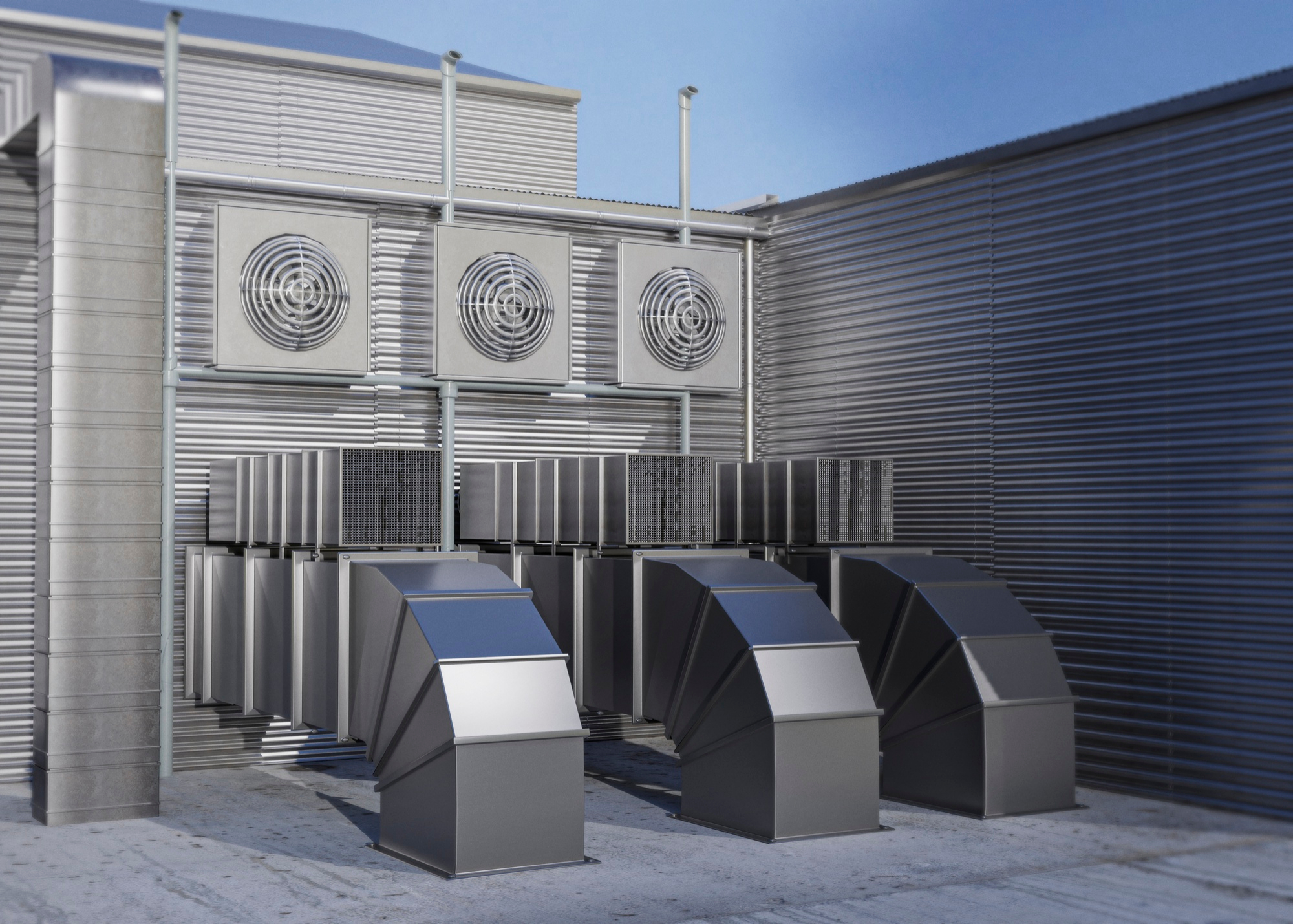In large-scale commercial dryer systems, proper ventilation design is crucial for efficient and effective operation. A well-designed ventilation system ensures optimal air circulation, heat transfer, and moisture removal, resulting in improved drying performance and energy efficiency. This blog will explore the key considerations and design principles for ventilation in large-scale commercial dryer systems.
Importance of Ventilation in Commercial Dryer Systems
Proper ventilation plays a vital role in commercial dryer systems for several reasons:
- Air circulation: First, Effective ventilation ensures proper air circulation within the drying chamber, allowing for even heat distribution and uniform drying of the materials.
- Heat transfer: Then, the ventilation system facilitates the transfer of heat from the heat source (e.g., steam) to the drying materials, promoting efficient moisture evaporation.
- Moisture removal: Also, Ventilation helps remove the moisture-laden air from the drying chamber, preventing condensation and maintaining optimal drying conditions.
Design Considerations for Ventilation Systems
When designing ventilation systems for large-scale commercial dryer systems, several factors need to be consider:
- Airflow rate: Then, Determining the appropriate airflow rate is crucial to ensure sufficient air exchange within the drying chamber. This can be achieved by considering factors such as the size of the drying chamber, the moisture content of the materials, and the desired drying time.
- Ductwork design: Also, Proper ductwork design is essential to minimize pressure losses and ensure uniform airflow distribution throughout the drying chamber. Smooth and well-insulated ducts help reduce energy consumption and maintain consistent drying conditions.
- Exhaust system: Then, An efficient exhaust system is necessary to remove the moisture-laden air from the drying chamber. This can be achieved through the use of exhaust fans or blowers, which should be properly sized to handle the required airflow.
- Heat recovery:Finally, Incorporating heat recovery systems in the ventilation design allows for the capture and reuse of waste heat from the dryer exhaust. This can significantly improve energy efficiency and reduce operating costs.
Conclusion
In summary, Proper ventilation design is essential for large-scale commercial dryer systems to achieve optimal drying performance and energy efficiency. By considering factors such as airflow rate, ductwork design, exhaust systems, and heat recovery, designers can create efficient and effective ventilation systems. Implementing these design principles can result in significant energy savings, improved drying quality, and reduced environmental impact.

